rasmus_b
TPF Noob!
- Joined
- Mar 30, 2016
- Messages
- 4
- Reaction score
- 1
- Can others edit my Photos
- Photos NOT OK to edit
I shoot videos of synthesizer performances, like this one:
As you can probably see, I don't know much about photography or video but I do realise that I need to invest in better lighting to get decent quality videos.
I have done some research but all the information I can find seems to be on setting up lights for shots with people in them (3 point lighting). My videos feature a table full of synthesizers and drum machines, not people.
What is the best way to light this kind of setup?
I live in a small apartment and shoot these video in my living room, so I need a solution that can be tucked away when I'm done. I would also like to be able to shoot one or two videos per week with out too much preparation, so a solution that can be set up quickly would be a big plus. Finally, cost is a factor too. I'm hoping to be able to do something for 150 EUR or less (possibly some kind of DIY solution).
As you can probably see, I don't know much about photography or video but I do realise that I need to invest in better lighting to get decent quality videos.
I have done some research but all the information I can find seems to be on setting up lights for shots with people in them (3 point lighting). My videos feature a table full of synthesizers and drum machines, not people.
What is the best way to light this kind of setup?
I live in a small apartment and shoot these video in my living room, so I need a solution that can be tucked away when I'm done. I would also like to be able to shoot one or two videos per week with out too much preparation, so a solution that can be set up quickly would be a big plus. Finally, cost is a factor too. I'm hoping to be able to do something for 150 EUR or less (possibly some kind of DIY solution).


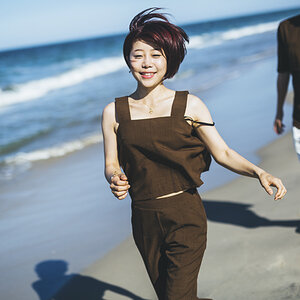


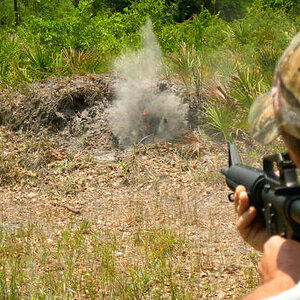

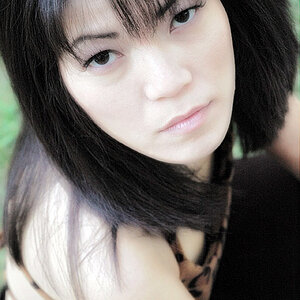
![[No title]](/data/xfmg/thumbnail/42/42275-2ca41f93a172e2e510afb46912a2bb61.jpg?1619740084)
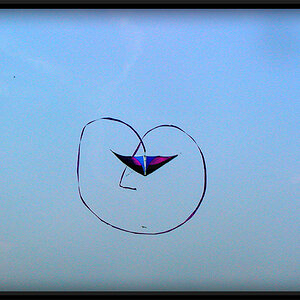
![[No title]](/data/xfmg/thumbnail/32/32717-74f4cee577117aa4476c9eb68fec51c7.jpg?1619735622)
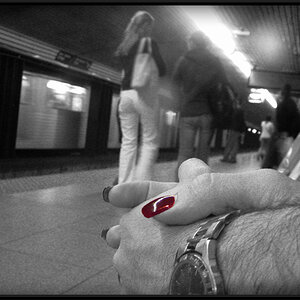
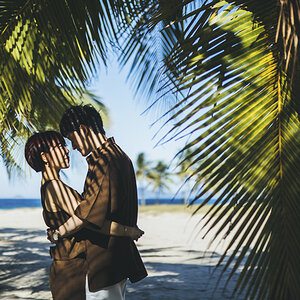
![[No title]](/data/xfmg/thumbnail/32/32715-2fc6326453c7dda13dae0bbb0cc16864.jpg?1619735620)